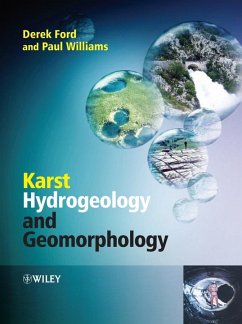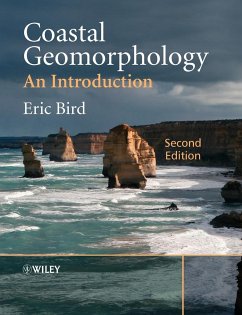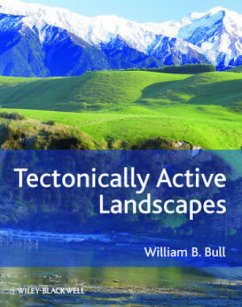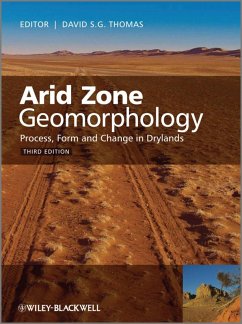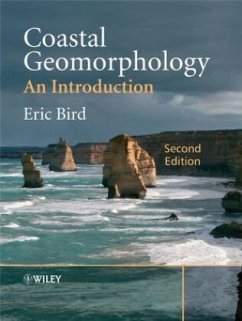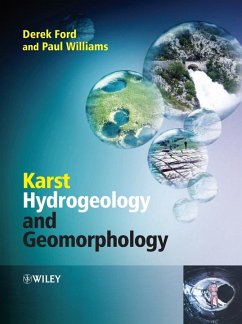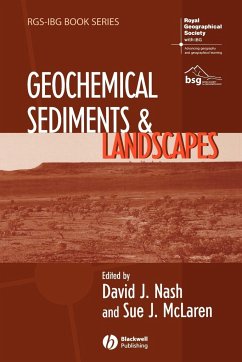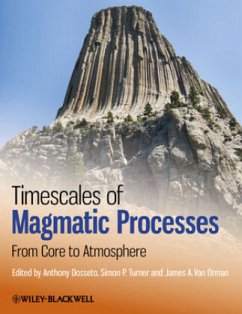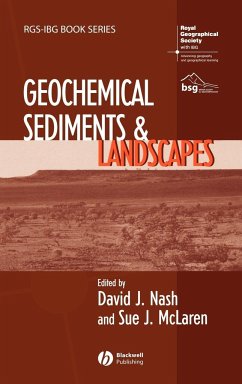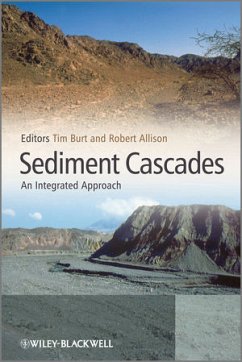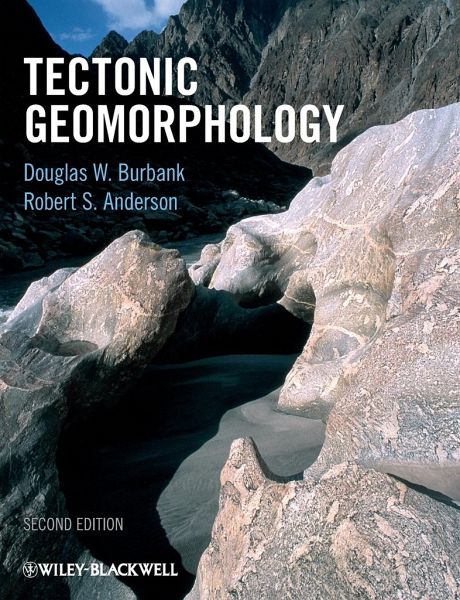
Tectonic Geomorphology

PAYBACK Punkte
49 °P sammeln!
First text to take a broad interdisciplinary approach: integrating geomorphology, geophysics, and paleoclimatology.
Includes the latest technological advances used in dating: Uranium series dating and observation.
Emphasizes the role of surface processes.
Includes the latest technological advances used in dating: Uranium series dating and observation.
Emphasizes the role of surface processes.
Tectonic geomorphology is the study of the interplay between tectonic and surface processes that shape the landscape in regions of active deformation and at time scales ranging from days to millions of years. Over the past decade, recent advances in the quantification of both rates and the physical basis of tectonic and surface processes have underpinned an explosion of new research in the field of tectonic geomorphology. Modern tectonic geomorphology is an exceptionally integrative field that utilizes techniques and data derived from studies of geomorphology, seismology, geochronology, structure, geodesy, stratigraphy, meteorology and Quaternary science. While integrating new insights and highlighting controversies from the ten years of research since the 1st edition, this 2nd edition of Tectonic Geomorphology reviews the fundamentals of the subject, including the nature of faulting and folding, the creation and use of geomorphic markers for tracing deformation, chronological techniques that are used to date events and quantify rates, geodetic techniques for defining recent deformation, and paleoseismologic approaches to calibrate past deformation.
Overall, this book focuses on the current understanding of the dynamic interplay between surface processes and active tectonics. As it ranges from the timescales of individual earthquakes to the growth and decay of mountain belts, this book provides a timely synthesis of modern research for upper-level undergraduate and graduate earth science students and for practicing geologists.
Additional resources for this book can be found at: http://www.wileycom/go/burbank/geomorphology
Overall, this book focuses on the current understanding of the dynamic interplay between surface processes and active tectonics. As it ranges from the timescales of individual earthquakes to the growth and decay of mountain belts, this book provides a timely synthesis of modern research for upper-level undergraduate and graduate earth science students and for practicing geologists.
Additional resources for this book can be found at: http://www.wileycom/go/burbank/geomorphology





